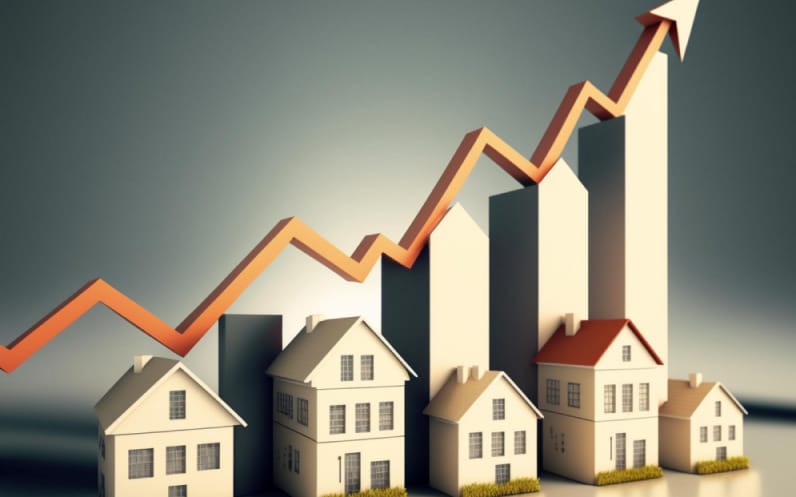The housing market is currently navigating a complex landscape as it approaches 2025, marked by a worrying trend in supply that could reshape the dynamics of home ownership and investment. The availability of homes for sale has been decreasing, leading to heightened competition among buyers and increasing prices in many regions. This article delves into the contributing factors behind the declining housing supply, the implications for various stakeholders, and the broader economic context.
One of the primary drivers of the declining housing supply is the persistent underbuilding that has characterized the residential construction sector in recent years. Following the 2008 financial crisis, many builders scaled back their operations, and the recovery has been slow. Although new construction has picked up in some areas, it has not kept pace with the growing demand for housing, particularly in urban centers where population growth continues to outstrip the availability of homes. This gap between supply and demand is expected to widen as more people seek housing in desirable locations.
Additionally, the rising costs of construction materials and labor have posed significant challenges for builders. The pandemic exacerbated these issues, leading to supply chain disruptions and increased prices for essential materials such as lumber, steel, and concrete. These rising costs have made it difficult for developers to maintain profitability while delivering affordable housing options. As a result, many projects have been delayed or canceled, further contributing to the scarcity of available homes.
Another factor influencing the supply trend is the increasing number of homeowners choosing to remain in their properties rather than sell. Many homeowners have locked in historically low mortgage rates during the past few years, creating a reluctance to move and potentially lose those favorable terms. This behavior is particularly evident among older homeowners, who may be hesitant to downsize or relocate due to concerns about finding suitable alternatives in a competitive market. Consequently, the inventory of homes for sale has dwindled, intensifying competition and driving prices higher.
The implications of this worrying supply trend are far-reaching. For prospective home buyers, especially first-time buyers, the diminishing supply of affordable homes poses significant challenges. As prices continue to rise, many individuals and families may find themselves priced out of the market, leading to increased demand for rental properties. This shift could further strain the rental market, resulting in higher rents and limited availability for those seeking to rent.
For sellers, the current market conditions may seem favorable, as low inventory typically leads to increased home values. However, sellers may also face challenges in finding their next home amidst the scarcity of available options. This dynamic could create a bottleneck in the market, where potential sellers hesitate to list their properties for fear of not being able to secure a new home.
The broader economic implications of the housing supply trend cannot be overlooked. The housing market is a critical component of the overall economy, influencing job creation, consumer spending, and investment. A sustained decline in housing supply could hinder economic growth by limiting construction activity and related sectors, such as home improvement and real estate services. Furthermore, if housing prices continue to escalate, it may lead to increased inflationary pressures, prompting concerns among policymakers and economists.
As the housing market moves into 2025, addressing the supply challenges will be essential to ensure a balanced and sustainable market. Policymakers, industry stakeholders, and communities will need to collaborate to identify solutions that promote the development of new housing while also supporting existing homeowners. This may involve incentivizing builders to increase construction, streamlining regulatory processes, and exploring innovative housing solutions, such as modular construction and adaptive reuse of existing buildings.
In conclusion, the housing market is facing a worrying supply trend as it approaches 2025, with implications for buyers, sellers, and the economy at large. The combination of persistent underbuilding, rising construction costs, and homeowner reluctance to sell has led to a significant decrease in available homes. As stakeholders navigate these challenges, it will be crucial to implement strategies that foster a more balanced housing market, ensuring that all individuals have access to affordable and suitable housing options.


